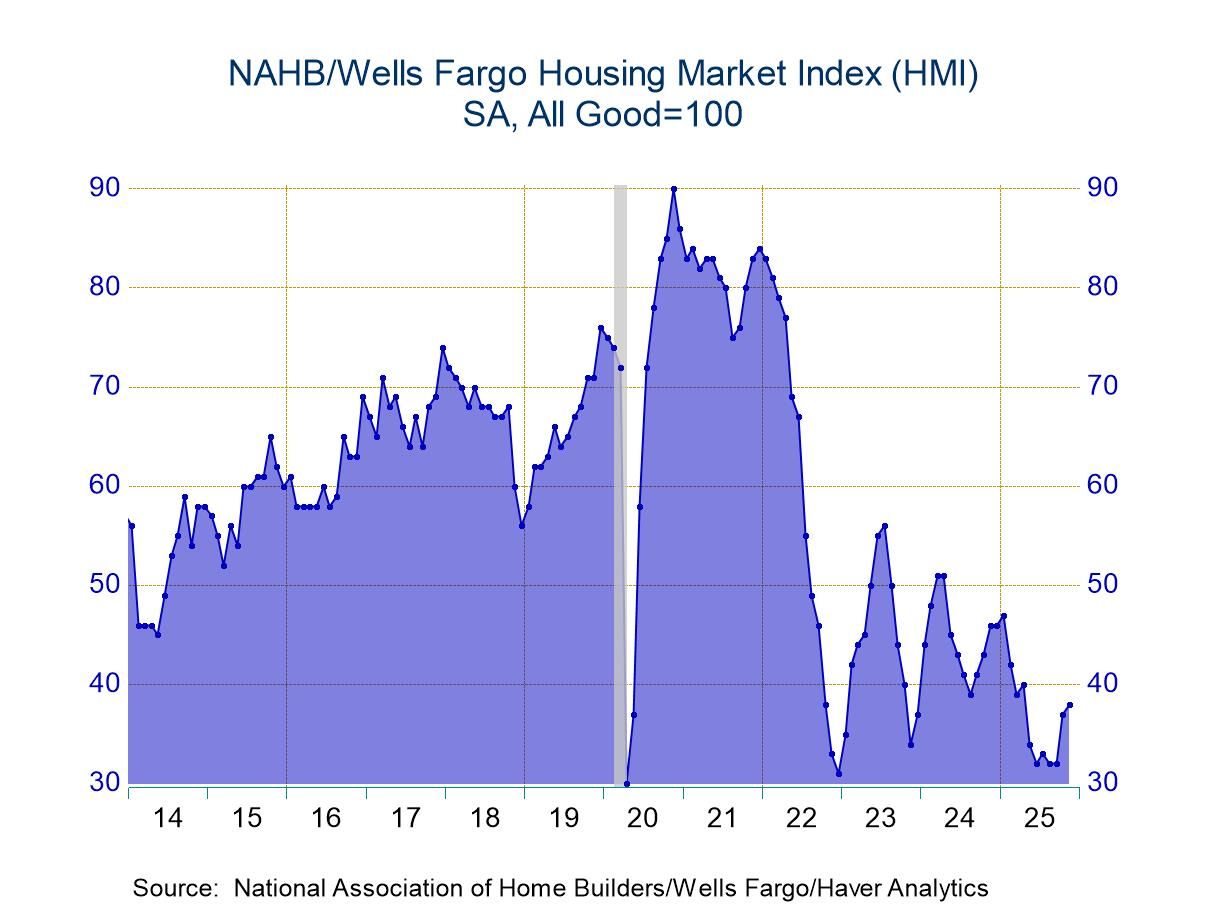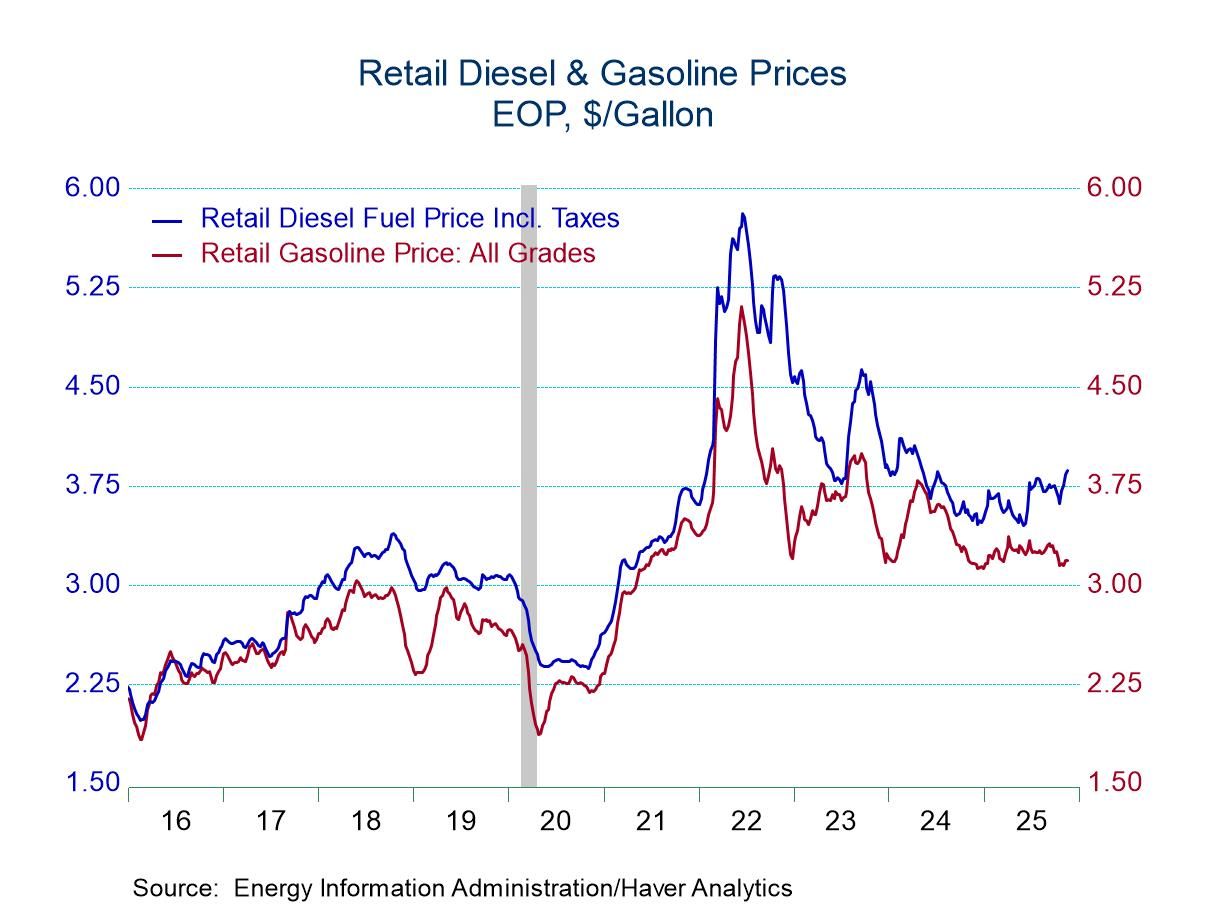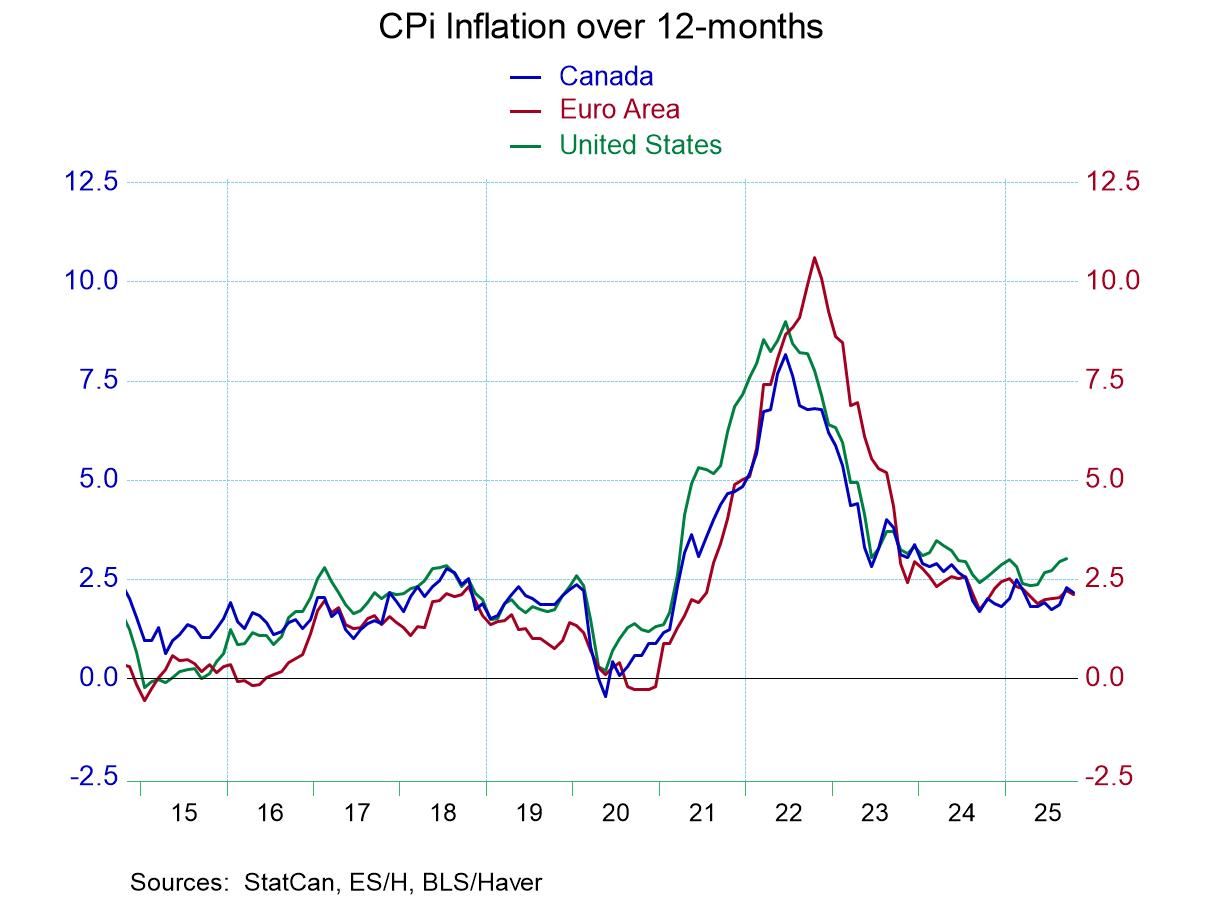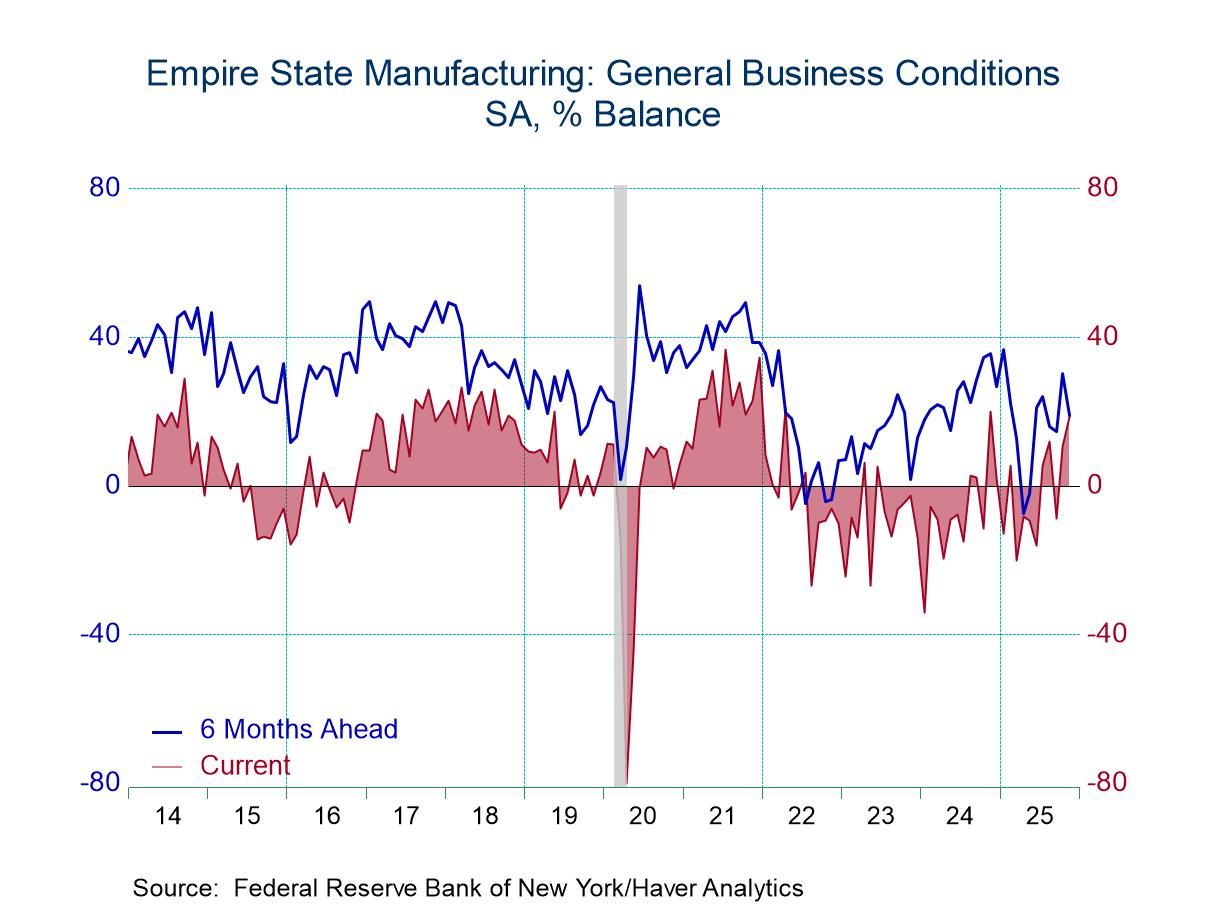U.S. ISM Manufacturing Index Declines Sharply in September
by:Tom Moeller
|in:Economy in Brief
Summary
- Composite index falls to lowest level since recession's end.
- New orders & employment decline.
- Pricing power continues to weaken.


Factory sector activity remains under pressure. The Composite Index of factory sector activity reported by the Institute for Supply Management (ISM) fell during September to 50.9 from an unrevised 52.8 in August. The index remained below the March 2021 peak of 63.7 and stood at the lowest level since May 2020. A reading of 52.0 had been expected in the Action Economics Forecast Survey.
Reversing its August improvement, the new orders index fell to 47.1 last month from 51.3 and stood at the lowest level since May 2020. It remained down from a high of 67.4 in December 2020, with orders contracting for the third month in the last four. A lessened 16.0% (NSA) of industries reported an increase in new orders while a higher 21.2% reported a decline. The employment reading dropped to 48.7 last month from 54.2 in August. Remaining below 50, it also indicated a decline in employment for the fourth month in the last five. A lessened 17.5% of industries reported more hiring while a greatly increased 22.2% reported a decline. Also falling, the supplier delivery index weakened to 52.4 from 55.1 in August and indicated the quickest delivery speeds since December 2019. It stood below the high of 78.8 in May of last year.
Working higher, the inventories index rose to 55.5 and reversed most of their deterioration to 53.1 in August. The production series edged higher to 50.6 last month from 50.4 in August. A fairly steady 17.5% of respondents reported higher production while an increased 18.2% reported a decline.
Pricing power in the factory sector continued to weaken during September. The prices index declined to 51.7 (NSA) from 52.5 in August. It remained the lowest reading since June 2020 and down from a high of 92.1 in June 2021. A greatly lessened 31.4% of respondents reported higher prices while a significantly increased 28.1% reported price declines, compared to virtually none this past March.
In other series, the export reading weakened to 47.8 last month from 49.4 in August and remained below the reading of 57.1 in February. A greatly lessened 9.4% of respondents reported higher exports while the percentage reporting lower exports surged to 13.9%. That was increased from 2.7% in February. The import measure was little changed at 52.6. It remained above a low of 48.7 in May. The orders backlog measure fell sharply to 50.9 and remained down from a high of 70.6 in May of last year.
The ISM figures are based on responses from over 400 manufacturing purchasing executives from 20 industries, which correspond to their contribution to GDP in 50 states. These data are diffusion indexes where a reading above 50 indicates expansion. The figures from the Institute for Supply Management can be found in Haver's USECON database; further detail is found in the SURVEYS database. The expectations number is available in Haver's AS1REPNA database.


Tom Moeller
AuthorMore in Author Profile »Prior to joining Haver Analytics in 2000, Mr. Moeller worked as the Economist at Chancellor Capital Management from 1985 to 1999. There, he developed comprehensive economic forecasts and interpreted economic data for equity and fixed income portfolio managers. Also at Chancellor, Mr. Moeller worked as an equity analyst and was responsible for researching and rating companies in the economically sensitive automobile and housing industries for investment in Chancellor’s equity portfolio. Prior to joining Chancellor, Mr. Moeller was an Economist at Citibank from 1979 to 1984. He also analyzed pricing behavior in the metals industry for the Council on Wage and Price Stability in Washington, D.C. In 1999, Mr. Moeller received the award for most accurate forecast from the Forecasters' Club of New York. From 1990 to 1992 he was President of the New York Association for Business Economists. Mr. Moeller earned an M.B.A. in Finance from Fordham University, where he graduated in 1987. He holds a Bachelor of Arts in Economics from George Washington University.






